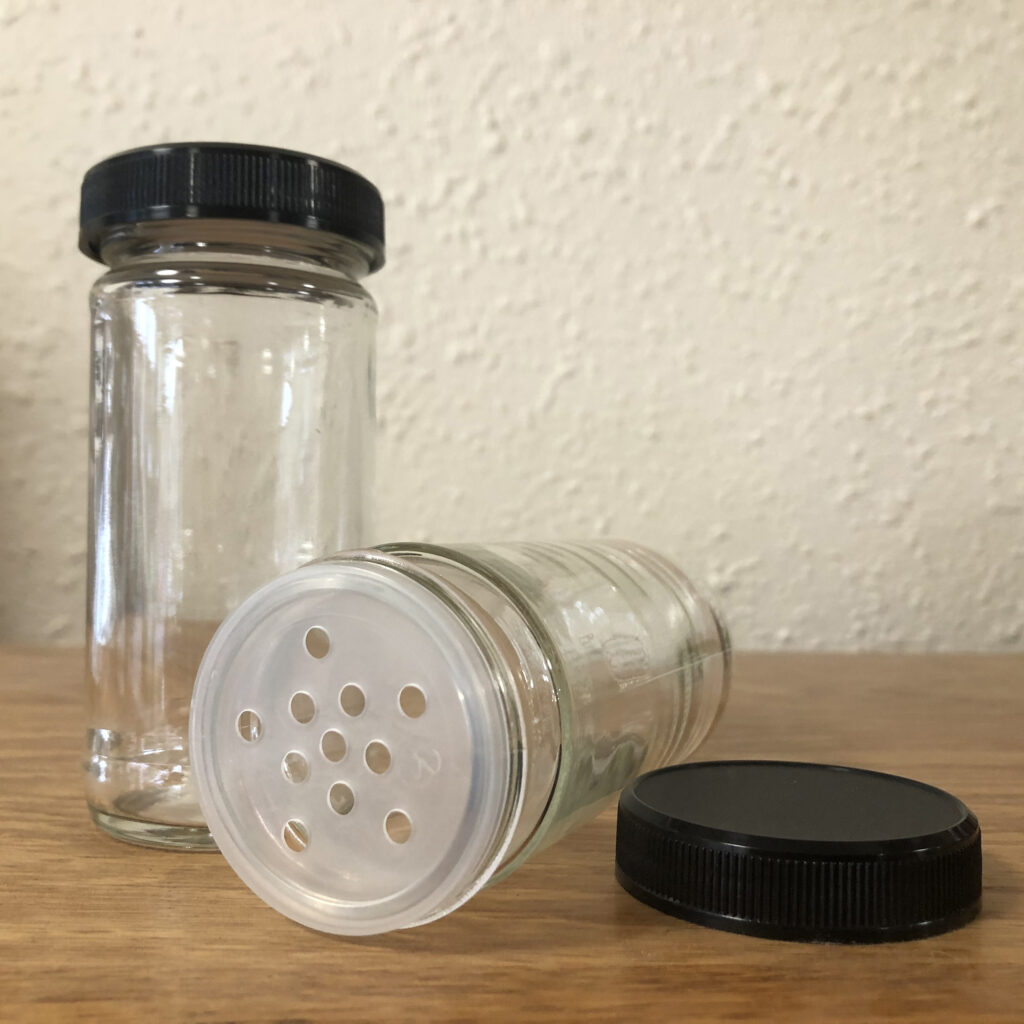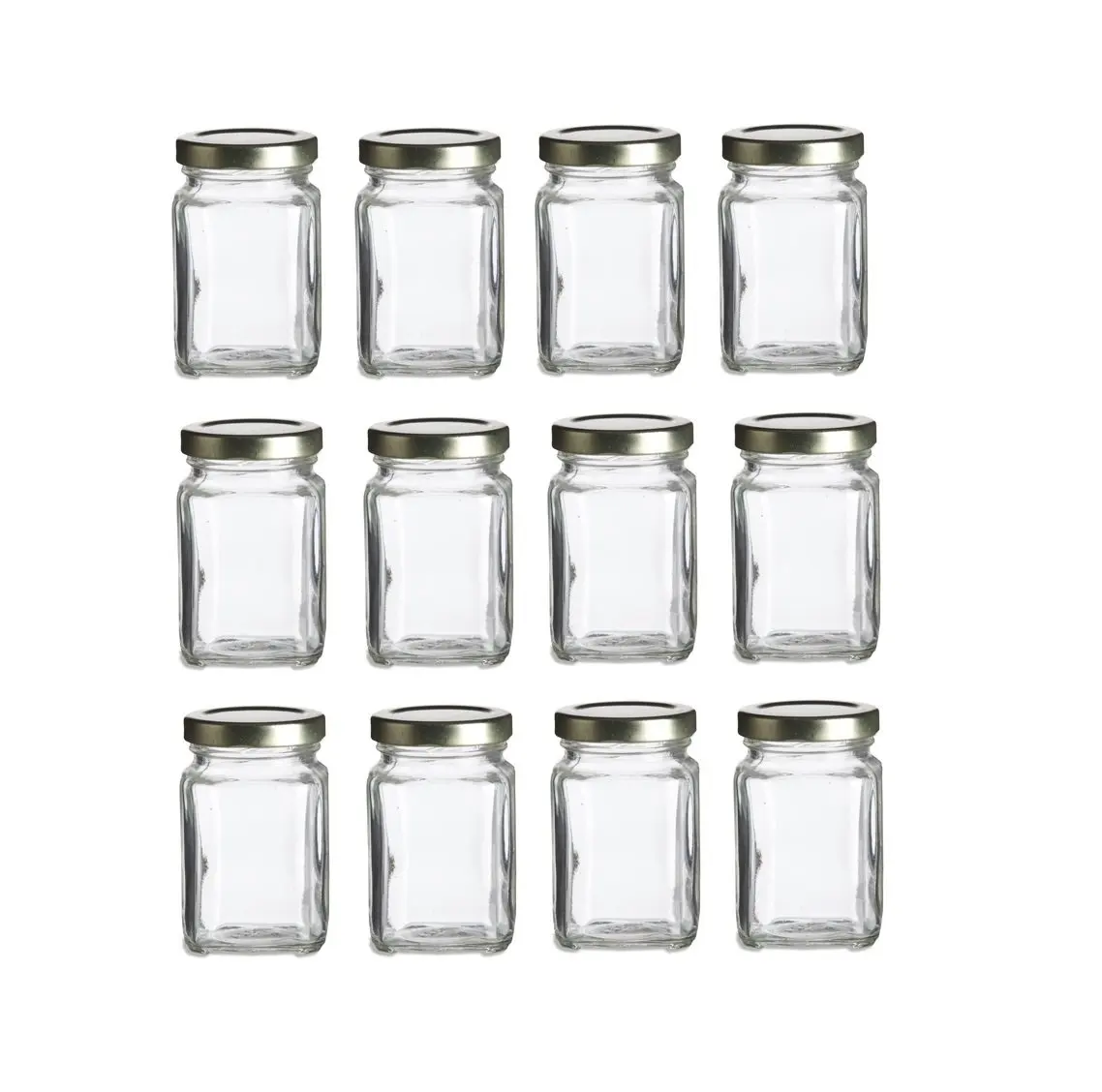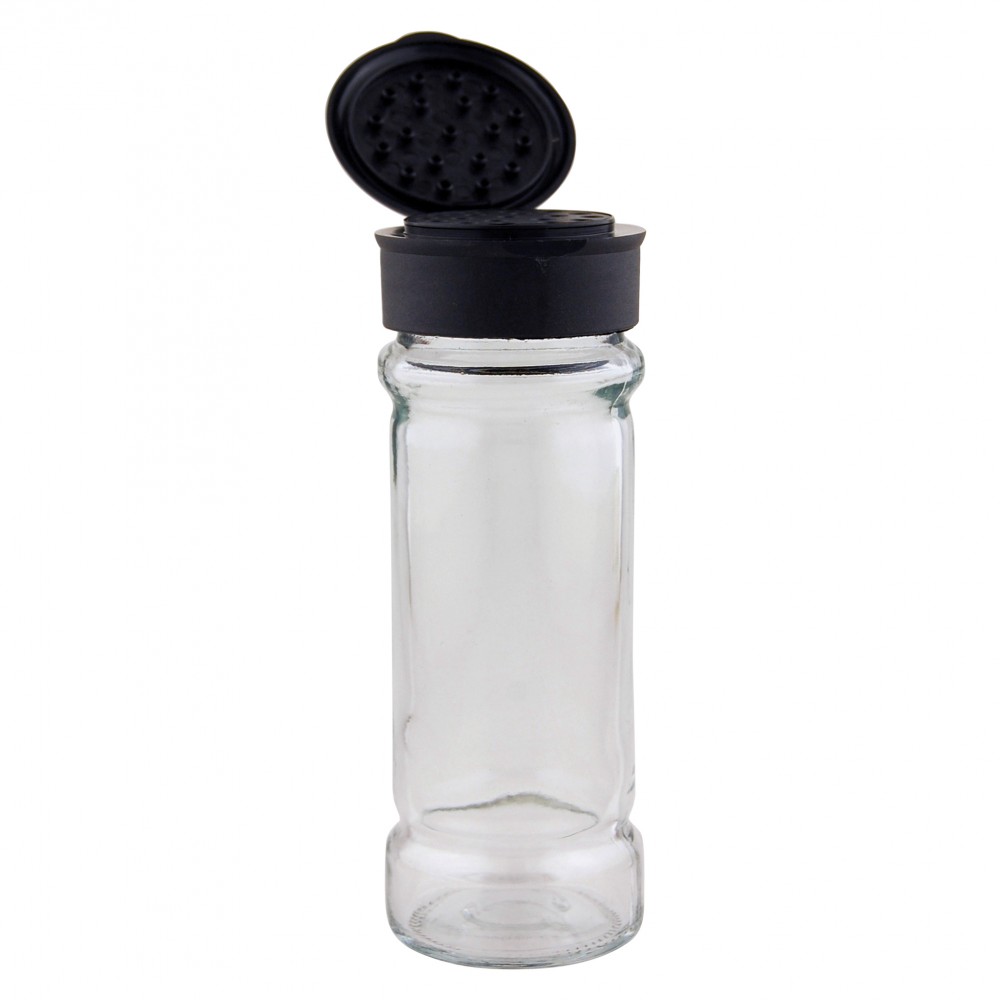

Typically cylindrical or with rotationally symmetric decorative curves, sometimes with a glass disc foot separated from the main body. Apothecary jar - historically for storage of medicines made of ceramics or more typically in modern centuries, clear glass.Specimen jar - an instrument used in anatomy to preserve specimens.Leyden jar - a historical electrical capacitor.Killing jar - used to kill captured insects.Cookie jar - typically ceramic or glass, common in the United States, Canada, and United Kingdom.Bell jar - typically used in scientific laboratories to produce a vacuum also used in Victorian times for display purposes.Glass jars-among which the most popular is the mason jar-can be used for storing and preserving items as diverse as jam, pickled gherkin, other pickles, marmalade, sun-dried tomatoes, olives, jalapeño peppers, chutneys, pickled eggs, honey, and many others. Jars can be used to hold solids too large to be removed from, or liquids too viscous to be poured through a bottle's neck these may be foods, cosmetics, medications, or chemicals.

The English word "jar" originates from the Arabic word jarra, which means an earthen pot or vessel.

Hexagonal jar decorated with flowers and birds, late 17th century, porcelain with overglaze enamels, height: 31.1 cm, diameter: 19.1 cm, Metropolitan Museum of Art (New York City)Ī jar is a rigid, cylindrical or slightly conical container, typically made of glass, ceramic, or plastic, with a wide mouth or opening that can be closed with a lid, screw cap, lug cap, cork stopper, roll-on cap, crimp-on cap, press-on cap, plastic shrink, heat sealed lidding film, an inner seal, a tamper-evident band, or other suitable means.


 0 kommentar(er)
0 kommentar(er)
